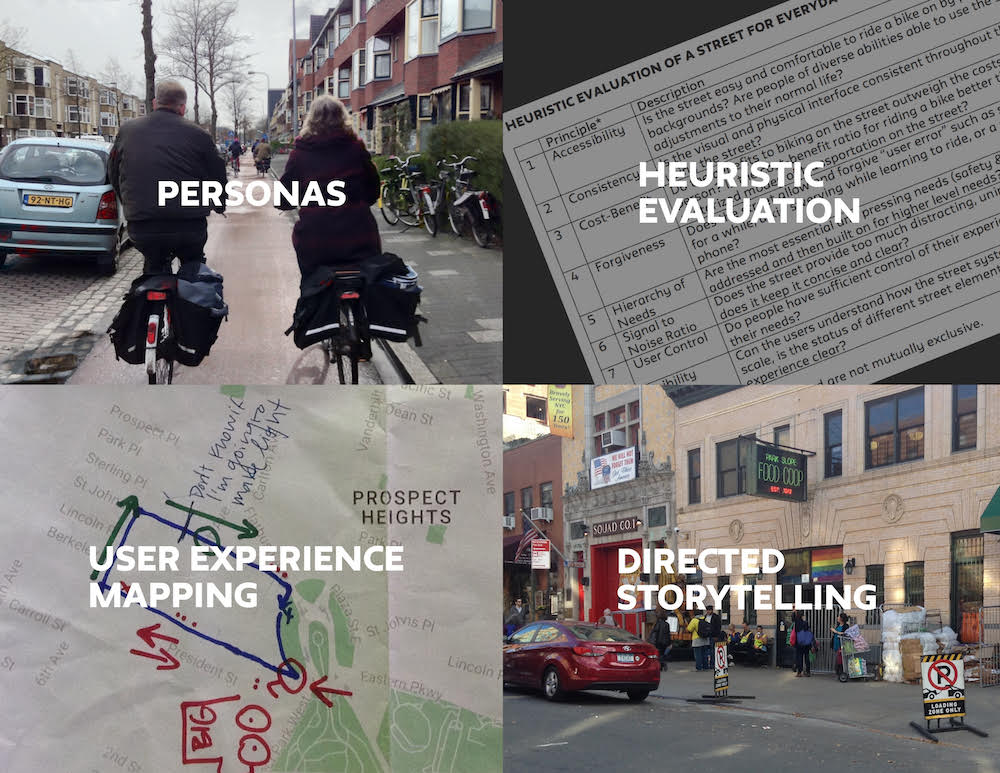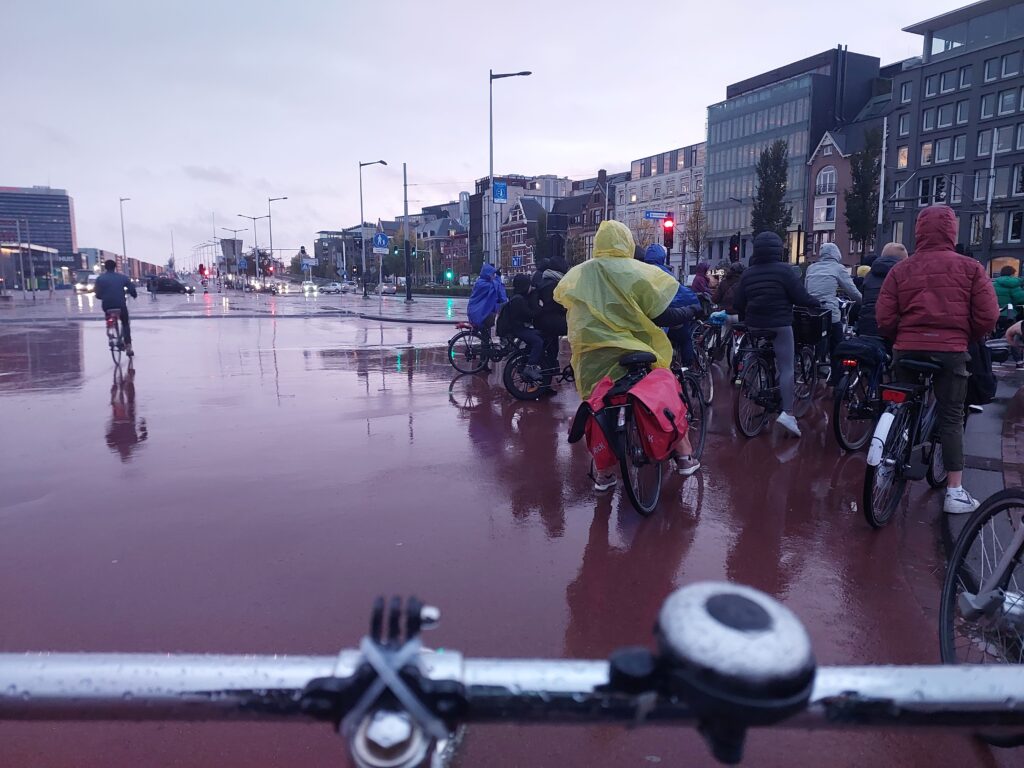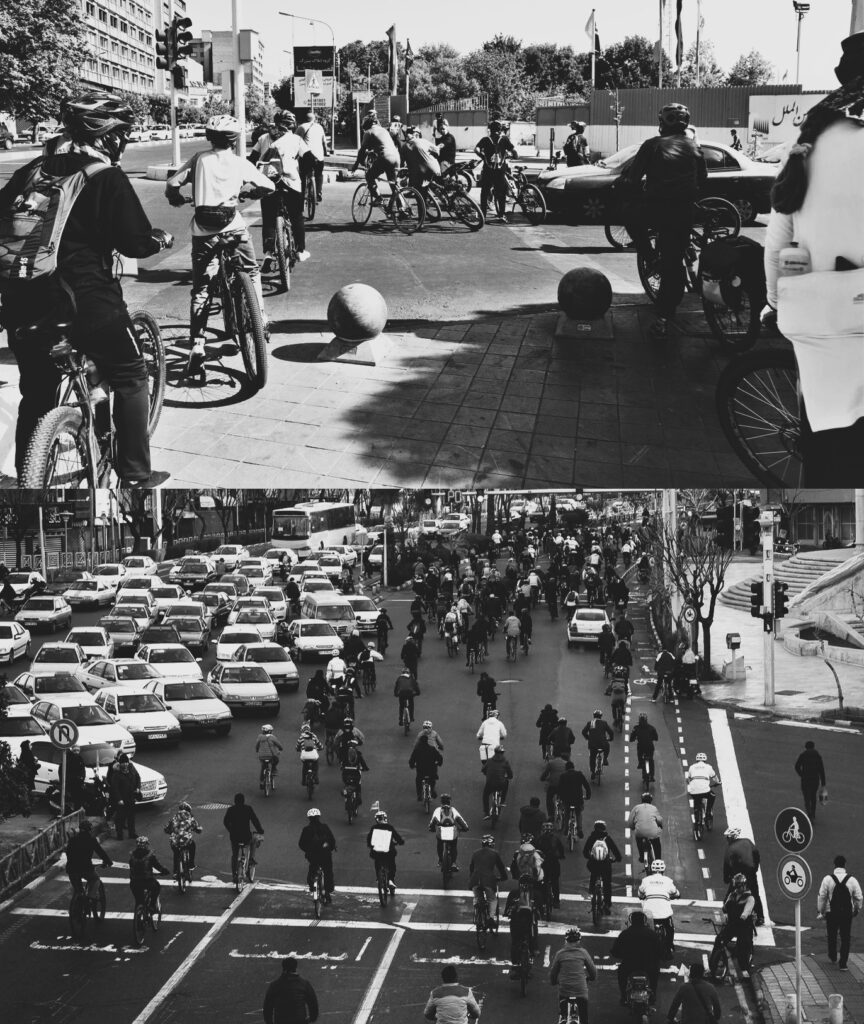1 month working on active mobility on Bonaire
At the beginning of 2024 Urban Cycling Institute, supported by the Netherlands’ Ministry for Health, Welfare and Sport, began a project which aims to enhance active mobility on the Dutch Caribbean island of Bonaire. An integral component of the project is the work of our embedded researcher, Rita Gemerts, who for the last month has been working on the island. We caught up with Rita to see how her work on Bonaire has gone so far:
What’s your own background and what inspired you to carry out this work at Urban Cycling Institute?
I am 57 years old and came into contact with the provision of cycling courses through an internship in 1991 at Sportacademy CIOS in the municipality of Amsterdam-North. The internship had a heavy focus on delivering courses emphasising cycling as a healthy lifestyle activity. Now, I have over 35 years of experience as a cycling teacher, train-the-trainer, and experience in the development of cycling curricula. In the past I’ve also worked with municipal institutions and foundations around the importance of bicycle use. When I was asked to do the fieldwork on Bonaire for the research project with the Urban Cycling Institute (and personally knowing the value of the bike as a sustainable mode of transport!) I was glad to be part of the team. My upbringing in the Netherlands provided me with the perspective that cycling is a cheap and healthy mode of transport, and I wanted to understand to what extent that was the same in the Dutch Caribbean.
How has your experience been on Bonaire so far?
When I first got to Bonaire I was keen to experience the island as much as possible by bike, but the cycling culture is quite different from the Netherlands. I never would have imagined while temporarily living and working in Bonaire that I have cycled just once this month. It speaks a lot to the car culture and safety on the island. For example, there are approximately 16000 cars on Bonaire, and around 4 cycle paths. I think there is a lot we can work on to stimulate cycling on Bonaire!
What has your work involved to date?
A major part of my role so far has been developing relationships with various stakeholders on the island. Because we are taking a ‘big picture’ view of cycling and active mobility for this project, I have been making connections with organisations in sectors like sport, health, transport, environment and business. I am also passionate about working with local residents on the island, so we are working with local groups in Rincon and other areas to provide input to the research project. In the next couple of weeks we are going to collect data at various points on the island looking at how people move through and use various spaces on the island.
What would you like the impact of this project to be for active mobility on Bonaire?
I would love to see that in 10 or 15 years that Bonaire has joined the countries where cycling and walking are common and respected means of getting around. I also would like for the project to create a positive influence on how residents and tourists impact and perceive the beautiful nature of the island.

(Photo credit – Rita Gemerts)
If you have any questions in relation to the project, please do not hesitate to contact Dr Dylan Power (Senior Researcher at Urban Cycling Institute) at [email protected]
Read more
Enhancing active mobility on the Dutch Caribbean island of Bonaire



